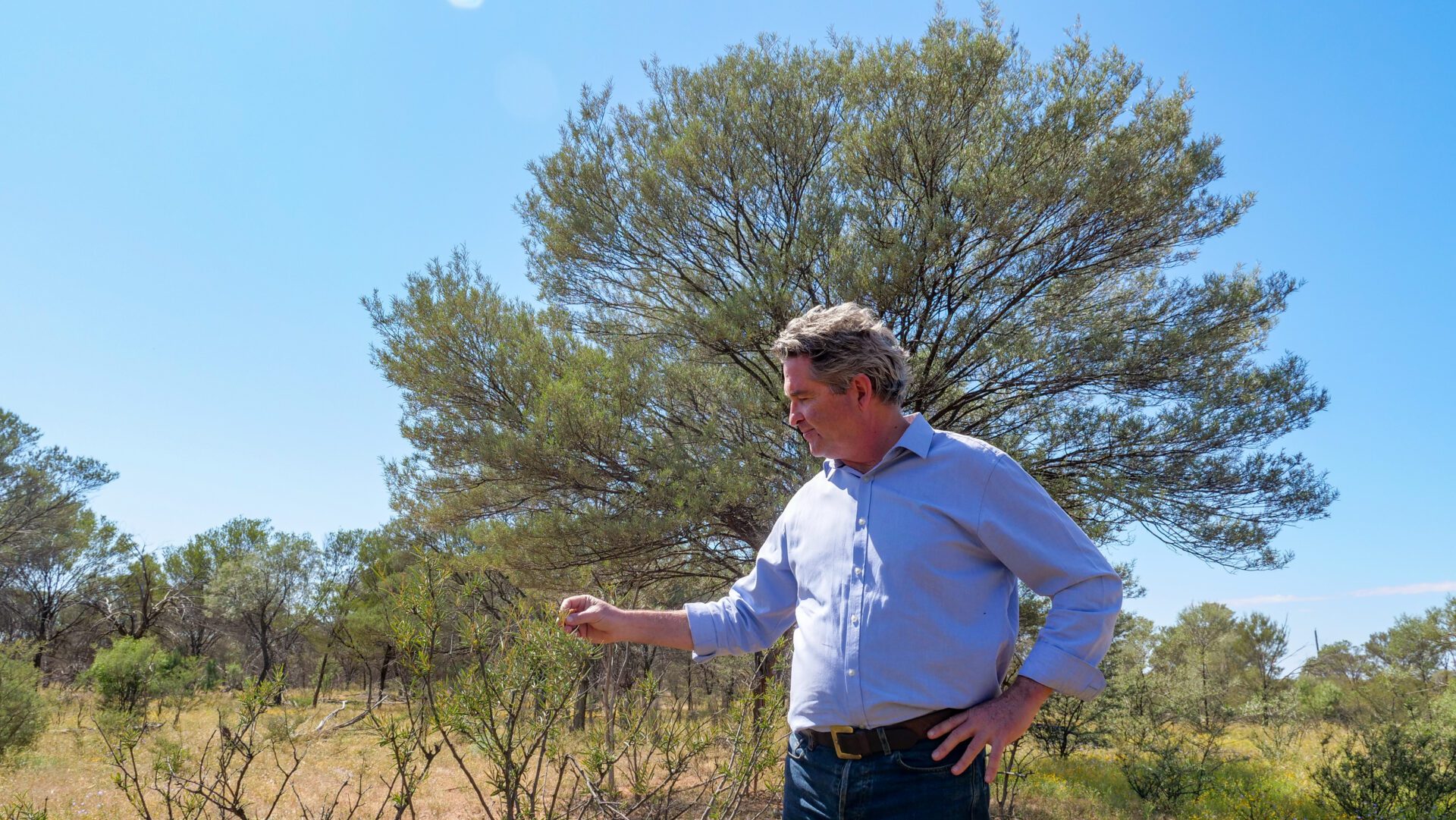As the dust and drama settles from the rough progress made at the COP27 climate talks in Egypt, Australia’s rediscovered climate credibility faces high stakes tests as attention shifts to material domestic reform. This started yesterday with the tabling of Safeguard Mechanism Amendment Bill and continues today with Minister Bowen’s inaugural Annual Climate Change Statement to Parliament.
COP27 received mixed reviews, from failure through to historic success. Somewhere in between that is the truth. Although not perfect, and with much pushed into 2023 work program, COP27 progressed significant developments including in the framework for international carbon markets.
An integrity-driven carbon market, as a tool for decarbonisation, cannot be underestimated for its value in raising ambition and securing financial flows to the places it is most needed. A well designed scheme has an estimated potential to reduce the total cost of implementing nationally determined contributions (NDCs) by more than half, around US$250 billion per year in 2030, or alternatively if those savings are re-invested, to facilitate the removal of 50 percent more emissions.
The COP27 carbon market mechanism progress, combined with the fact that COP27 delivered a historic Loss and Damage fund, as well as growing support for Barbados PM Mia Mottley’s Bridgetown Initiative to revitalise international financial institutions, signals a substantial shift towards more integrated climate and finance solutions.
For the first time in over a decade Australia avoided a “Fossil of the Day Award” from observing NGOs and was given responsibility to steer important discussions on climate finance. In addition, Australia’s robust defence of the 1.5oC goal, support for reform of global financial institutions, as well as for the Loss and Damage funding facility, and the agency given to Pacific nations through our bid to partner in hosting a COP in 2026 all bring heightened expectation to domestic reforms.
Yesterday the Government tabled proposed legislative changes to the Coalition’s Safeguard Mechanism that required our largest emitters to measure, manage and occasionally make good for emission increases through the purchase of Australian Carbon Credit Units (ACCUs).
There are important amendments strengthening the objectives of the Safeguard Mechanism so that it delivers emission reductions, creating a new tradeable carbon credit unit to be known as a Safeguard Mechanism Credit that incentivises at source emissions reductions, tightening penalties for non-compliance and creating a potential safety valve reserve of ACCUs. Although the Government deferred amendments to include international carbon credits, awaiting further refinement of international carbon market rules, it will pick up initiatives to assist Australia’s Indo-Pacific neighbours in building the infrastructure and capacity required for high integrity carbon crediting schemes that can also deliver social and environmental benefits.
However, the main test of domestic reform ambition will be the forthcoming draft package of Safeguard Mechanism rule changes and reforms to ensure the integrity of Australia’s carbon crediting framework that will follow recommendations from the Chubb Review into ACCUs, also due this month.
All this will ensure a summer of submission drafting and policy engagement.
If Australia is to build on its newly rejuvenated international climate mojo, the reformed Safeguard Mechanism must include clear decarbonisation investment signals, strong decline rates for facility emissions, and a pathway to scale the enhanced Mechanism’s coverage to integrate the electricity sector as well as to include more industrial facilities. The urgency and challenge of meeting and beating the Government’s new 2030 43% emission reduction target from 2005 levels, which we must if serious about helping limit warming to 1.5°C, will also require ongoing progress in agriculture and transport.
Today’s inaugural Climate Change Statement to Parliament is a welcome part of the Albanese Government’s climate reform agenda, which has set up greater transparency and involvement of independent agencies like the Climate Change Authority. The machinery and transparency is there, alongside international expectation, now is the time for the substance that needs to guide and boost investments in Australian decarbonisation and broader emission reduction.
John Connor is CEO of the Carbon Market Institute, an independent member based institute for accelerating the transition to net zero emissions. CMI published its COP27 Key Takeaways today.




